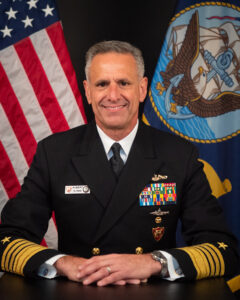
The Navy continues to build on its experiences in the Arctic for operations in the region, but U.S. allies and partners remain critical enablers for all aspects of these operations, according to Adm. Robert Burke, commander of U.S. Naval Forces Europe. The Navy in early January released its strategy for the Arctic, but that followed more than a century of naval operations in region and ongoing exercises and training there, Burke said on Tuesday during a pre-recorded event on the…

 By
By 











